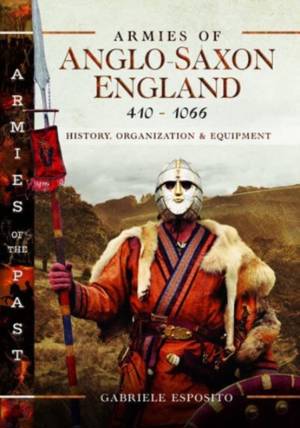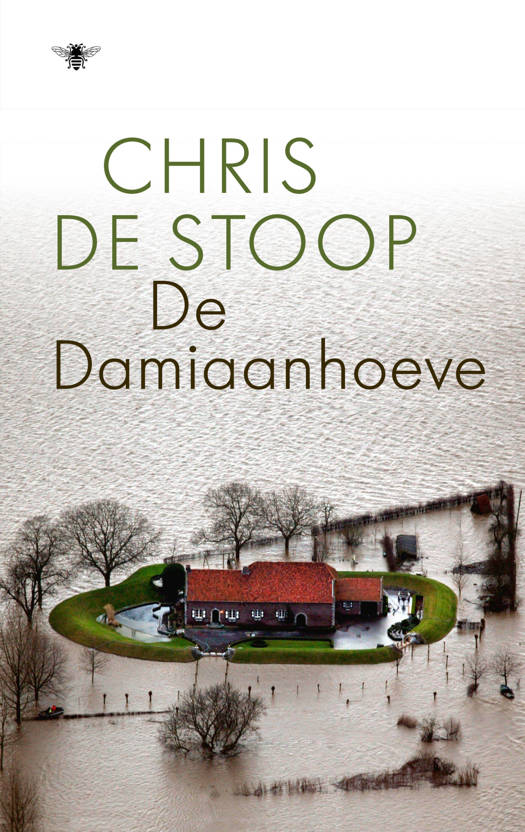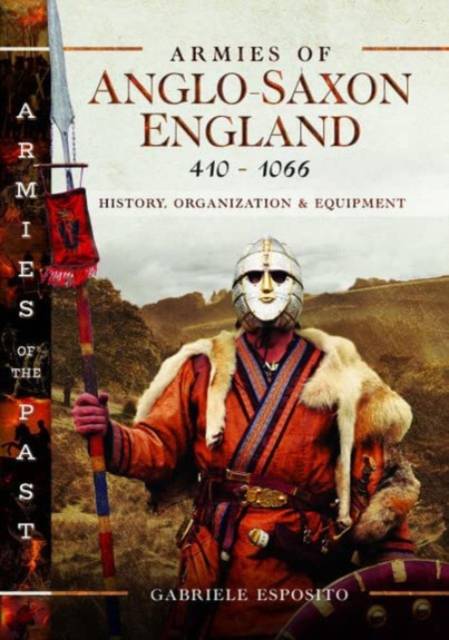
- Afhalen na 1 uur in een winkel met voorraad
- Gratis thuislevering in België vanaf € 30
- Ruim aanbod met 7 miljoen producten
- Afhalen na 1 uur in een winkel met voorraad
- Gratis thuislevering in België vanaf € 30
- Ruim aanbod met 7 miljoen producten
Zoeken
€ 34,95
+ 69 punten
Omschrijving
In the early 5th century, Germanic Angles, Saxons and Jutes crossed the North Sea in increasing numbers and began settling among the ruins of the former Roman province of Britannia. This led to centuries of warfare as these 'Anglo-Saxons' carved new, independent kingdoms at the point of the sword, fighting the native Britons and each other. From the late eighth century they also had to face the threat of the Vikings, at first as opportunistic raiders but increasingly bent on conquest. The last Viking invasion was defeated by Harold Godwinson at Stamford Bridge but he was defeated by the Normans in that same fatal year of 1066, ending the Anglo-Saxon Age.
Gabriele Esposito gives an overview of Anglo-Saxon military history, narrating the great campaigns, such as those of Alfred the Great of Wessex and Harold Godwinson. He discusses in detail the composition of Anglo-Saxon forces, their tactics, weapons and equipment, detailing developments across the period. The informative, accessible text is supported by dozens of color images showing replica Saxon war gear in use.
Gabriele Esposito gives an overview of Anglo-Saxon military history, narrating the great campaigns, such as those of Alfred the Great of Wessex and Harold Godwinson. He discusses in detail the composition of Anglo-Saxon forces, their tactics, weapons and equipment, detailing developments across the period. The informative, accessible text is supported by dozens of color images showing replica Saxon war gear in use.
Specificaties
Betrokkenen
- Auteur(s):
- Uitgeverij:
Inhoud
- Aantal bladzijden:
- 176
- Taal:
- Engels
- Reeks:
Eigenschappen
- Productcode (EAN):
- 9781399093972
- Verschijningsdatum:
- 2/12/2022
- Uitvoering:
- Hardcover
- Formaat:
- Genaaid
- Afmetingen:
- 175 mm x 249 mm
- Gewicht:
- 476 g

Alleen bij Standaard Boekhandel
+ 69 punten op je klantenkaart van Standaard Boekhandel
Beoordelingen
We publiceren alleen reviews die voldoen aan de voorwaarden voor reviews. Bekijk onze voorwaarden voor reviews.











